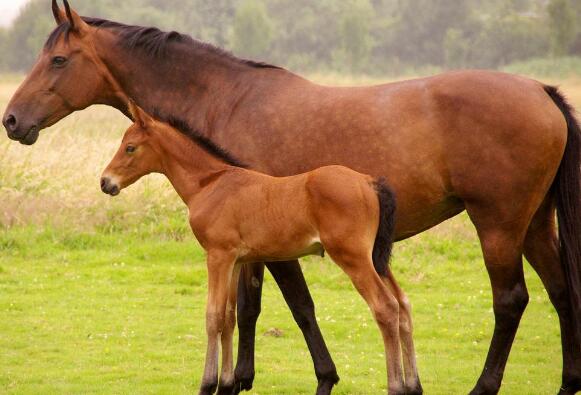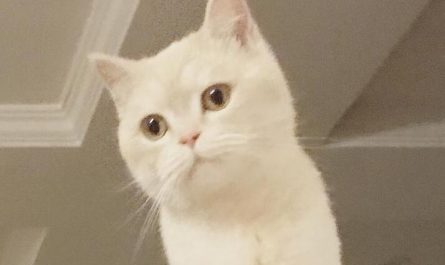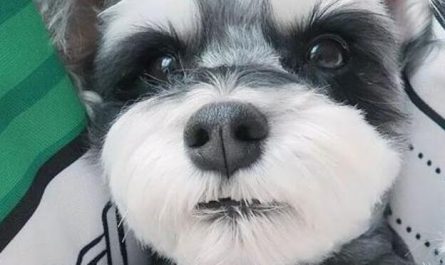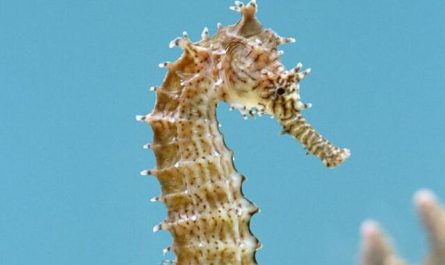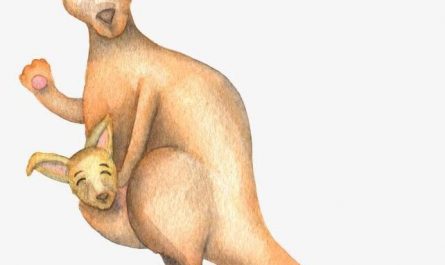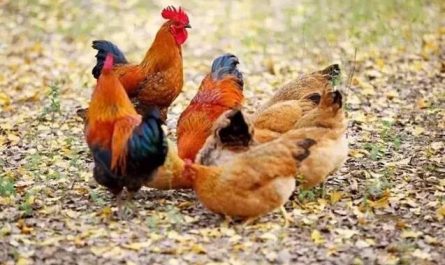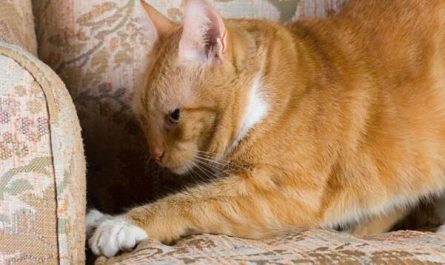The reason why the horse wants to sleep standing up
It turns out that the reason why horses are developed to sleep standing up is completely copying the living habits of wild horses. In the earliest days, domestic horses were domesticated from wild horses. You must know that wild horses are rare herbivores. Living in the endless desert and grassland areas, they are often attacked by predators and are in danger of being eaten at any time.
Not only that, in that era, life and production resources were few, and humans still depended on hunting for their livelihoods. Wild horses were naturally one of the hunting targets. In addition, jackals, tigers and leopards were unwilling to let go of these delicacies. The living environment of wild horses was very good. It’s bad. Their own resistance is poor. They don’t have horns like cows and sheep that can fight against their pursuers. They can only take a thirty-six plan to avoid the enemy by running. Running during the day is mainly to escape the pursuit of human beings. At night, they dare not care, because jackals and wolves are nocturnal creatures. They hide in bushes or caves during the day, and then come out to hunt prey at night. In order to avoid the enemy quickly, horses dare not sleep on the ground at night. They can only stand and take a nap and stay vigilant to prevent accidents. It is the harsh natural environment that creates their habit of standing and sleeping.
After the horse ran away once, when standing in the shade of the tree to rest, they would seize the time to bow their heads and close their eyes to doze off. If they can confirm that there is no danger, they would put their heads on their backs to sleep, such as living with a mare. For the foals or the horses in collective life, this is a very comfortable sleeping position for them. Lying down or lying down to sleep is something you can’t expect at all.
Although today’s domestic horses are protected by humans and won’t be harmed anymore, their ancestors’ habits have been preserved, and standing to sleep has become their symbol. In addition to horses, donkeys also have the habit of standing to sleep, because The living environment of their ancestors is similar to that of wild horses.
The way a horse sleeps
Horses do not necessarily sleep at night, let alone sleep until dawn. If no one disturbs it, it can sleep anytime, anywhere, standing, lying, or lying down. Malaysia can sleep eight or nine times a day, which adds up to almost six hours. The horse slept best in the two hours before dawn. The horse sleeps standing and inherits the life habits of wild horses. Wild horses live in the endless desert grasslands. In the ancient times, they were not only human hunting objects, but also delicacies for carnivorous animals such as jackals and wolves. It is not like cattle and sheep that can use their horns to fight against the enemy, the only way is to escape the enemy by running. Carnivores such as jackals and wolves are nocturnal. They live in hidden bushes or caves during the day and come out to hunt at night. In order to evade the enemy quickly and in time, the wild horses dare not lie on the ground without worry at night. Even in the daytime, it had no choice but to stand and doze, maintaining a high degree of vigilance in case of accidents. Although domestic horses do not encounter natural enemies and man-made damage like wild horses, they are domesticated from wild horses. Therefore, the habit of standing and sleeping wild horses is still preserved. In addition to horses, donkeys also have the habit of sleeping standing up, because the living environment of their ancestors is very similar to that of wild horses.
So, is it possible for horses to lie down and sleep? Experts who study horses firmly believe that in a herd or a stable, some horses may lie down and sleep, but it will never happen that all horses lie down and sleep at the same time. , There will always be a horse standing there “watching”.
The origin of horses
The equine animal originated in the early Tertiary period of the Cenozoic 60 million years ago. Its most primitive ancestor is the Protohoof, with a body length of about 1.5 meters, a long head and tail, short and heavy limbs, slow walking, and often in the forest. Or live on the tropical plains and feed on plants. The physique is short, with five toes on all four limbs, and the middle toe is more developed. The Eosin horse, or ancestor horse, who lived in the early Eocene of the Tertiary era 58 million years ago, is about 40 cm tall. The forelegs are low and have 4 toes; the hind legs are high and have 3 toes. Simple teeth, suitable for tropical forest life. After entering the Miocene, dry grassland replaced moist shrubs, and the function and structure of equine animals changed significantly: their physique increased, their limbs became longer and became single toes; their teeth became hard and more complex. After the evolutionary stages of gradual new horses, Zhongxin horses, and Shangxin horses, it was not until the Quaternary Pleistocene that it became a single-hoofed horse with a raised head and a tall body.
The mystery of domestication
A study in the internationally renowned magazine PNAS suggested that domestic horses probably originated from the grasslands of Eurasia—that is, in Ukraine and western Kazakhstan today—and continued to bred with wild horses as the herd expanded.
Researchers have long disputed the history of early domestication of horses: archaeological evidence suggests that horses were domesticated in the grasslands of western Eurasia, while genetic evidence from modern mares points to multiple domestication events spanning vast geographic areas. Vera Warmuth and colleagues used genetic data from more than 300 horses in northern Eurasia to model the origin and spread of horse domestication. This group of authors reconstructed the demographic history of the extinct wild ancestor wild horse (Equus ferus) of the domestic horse, and proposed that wild horses expanded out of eastern Eurasia about 16,000 years ago.
Further analysis suggested to this group of authors that the domestication of horses originated from the western Eurasian steppe about 6000 years ago, and that the domesticated horses were constantly being supplemented by wild horses during the expansion of Eurasia. According to the authors, these findings confirm that the domestication of horses originated in western Eurasia and provide evidence that wild horses have entered the domestic horse herd. Therefore, they have combined the completely different evidence from previous studies and resolved the mutual Explanation of the conflict.
